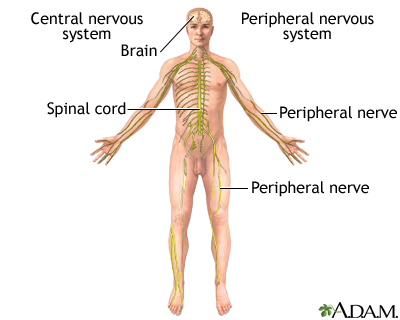Restless Leg Syndrome

What is Restless Leg Syndrome?
Restless Leg Syndrome (RLS), also known as Willis-Ekbom disease, is a neurological disorder characterized by an uncontrollable urge to move the legs due to uncomfortable sensations that often occur at rest, particularly at night.
Who’s at Risk for Restless Leg Syndrome?
While anyone can develop RLS, it's more common in women and older adults. Factors that increase the risk include family history (suggesting a genetic component), pregnancy, certain chronic diseases like kidney failure, diabetes, Parkinson’s disease, and the use of certain medications such as antidepressants.
What Causes Restless Leg Syndrome?
The exact cause of RLS is unknown, but it may be related to an imbalance in dopamine, a brain chemical that controls muscle movement. Iron deficiency, peripheral neuropathy, and certain medications can also trigger RLS.
How Does Restless Leg Syndrome Start?
RLS often starts with mild symptoms that worsen over time. The uncomfortable leg sensations may begin or worsen when at rest, and moving the legs often provides temporary relief.
What Are the Symptoms of Restless Leg Syndrome?
The primary symptom is an uncontrollable urge to move the legs due to uncomfortable sensations described as creeping, crawling, pulling, itching, or throbbing. These symptoms are usually worse in the evening or at night and can disrupt sleep.
How is Restless Leg Syndrome Diagnosed?
RLS is diagnosed based on patient symptoms, medical and family history, and a physical examination. There are no specific tests for RLS, but tests may be done to rule out other conditions or identify underlying causes.
How Can Restless Leg Syndrome Be Treated?
Treatment for RLS may include lifestyle changes, such as regular exercise, good sleep habits, and avoiding caffeine, alcohol, and tobacco. Medications that increase dopamine levels, control symptoms, or help with sleep may be prescribed. Iron supplements may be recommended if iron deficiency is identified.
What Complications May Occur with Restless Leg Syndrome?
The main complication of RLS is sleep disruption, leading to daytime fatigue, impaired concentration, and reduced quality of life. RLS can also cause mood disorders, such as depression or anxiety, due to chronic sleep deprivation.
How Can I Prevent Restless Leg Syndrome?
While there's no known way to completely prevent RLS, managing risk factors and maintaining a healthy lifestyle can help reduce symptoms. This includes regular exercise, balanced diet, avoiding caffeine, alcohol, and tobacco, and maintaining a regular sleep schedule.
Long-term Management of Restless Leg Syndrome
Long-term management typically involves adherence to treatment plans, lifestyle adjustments, and regular follow-up appointments with healthcare providers to monitor symptoms and adjust treatment as necessary.
What is Recent Research Saying About Restless Leg Syndrome?
Recent research is focused on understanding the genetic and neurological aspects of RLS to develop more effective treatments. Some studies are exploring the role of iron and dopamine in the brain, while others are investigating the relationship between RLS and other conditions, such as cardiovascular disease and kidney disease.
Where Can I Go For More Information on Restless Leg Syndrome?
For more information on RLS, visit reputable health websites like the National Institute of Neurological Disorders and Stroke, the American Academy of Sleep Medicine, or the Restless Legs Syndrome Foundation.

